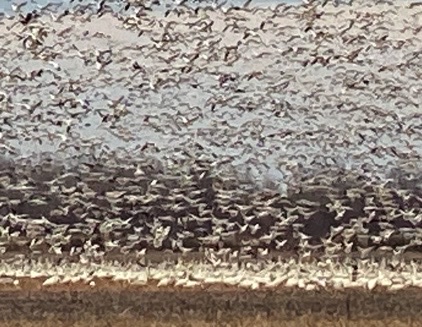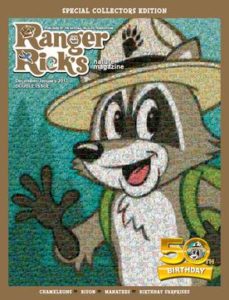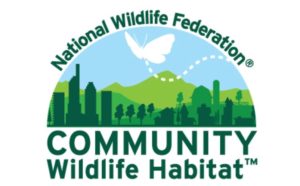The famous editorial cartoonist and conservationist Ding Darling had a vision for a new organization that would unite local and state groups—a national wildlife organization. And so he made it happen!

Ding Darling (1876-1962) was the Pulitzer-Prize-winning cartoonist for the Des Moines Register (learn more about him here) But he was also a devoted conservationist, with strong beliefs that our nation’s soils, wetlands and waterfowl needed protection. He became Chief of the U. S. Biological Survey (now the Fish and Wildlife Service) for a brief two years, serving under President Franklin Roosevelt during 1934-1935. During that time, he turned the survey from a sleepy bureaucracy into the modern, professional organization we know today. He kick-started the system of national wildlife refuges and implemented the Duck Stamp that supports the purchase and maintenance of those refuges, now numbering more than 550 throughout the country (learn more about the Duck Stamp here).

But he had another vision as well. He watched as local and some state-wide conservation groups formed and played major roles in their communities. Darling believed the nation needed a conservation organization, too, in order to protect and enhance resources on a much larger scale. He convinced President Roosevelt to hold a national meeting of conservation agencies and organizations in early February, 1936. It was attended by 1500 people—and has been held annually ever since.
During that meeting, on February 5, the assembled delegates agreed to form the General Wildlife Federation. Following Darling’s plan, the Federation was intended to represent state-level conservation groups, now unified so they could speak with a common voice. The delegates elected Darling as president, a post he retained for several formative years of the new group. The Federation was quickly endorsed by the states; within months forty-four states had formed state federations (now called affiliates) as the basis for the national group. In 1938, the group changed its name to the National Wildlife Federation, as we still know it today.

Since then, the National Wildlife Federation (NWF) has become one of the largest and most influential conservation organizations in the U.S. and the world. The NWF has over 6 million individual members and 51 affiliate groups (state, territorial and regional). It publishes several popular magazines, including National Wildlife for adults and Ranger Rick for children. It produces a television program and has a variety of internet and social media platforms.
The organization’s fundamental mission, however, has not changed since its inception—to conserve and enhance wildlife. Their current strategic plan states their mission this way:
“We believe America’s experience with cherished landscapes and wildlife has helped define and shape our national character and identity for generations. Protecting these natural resources is a cause that has long united Americans from all walks of life and political stripes. To hunters, anglers, hikers, birders, wildlife watchers, boaters, climbers, campers, cyclists, gardeners, farmers, forest stewards, and other outdoor enthusiasts, this conservation ethic represents a sacred duty and obligation to protect and build upon our conservation heritage for the sake of wildlife, ourselves, our neighbors, and—most of all—for future generations.”
To address that mission, the NWF partners with well over 100 other organizations in both the private and public sector. They advocate for public policies that enhance wildlife conservation, both in the U.S. and around the world.
References:
Lendt, David. L. 2991, Ding—The Life of Jay Norwood Darling. Maecenas Press, Mt. Pleasant, SC. 196 pages.
National Wildlife Federation. 2017. Strategic Plan. Available at: https://www.nwf.org/-/media/NEW-WEBSITE/Shared-Folder/PDFs/2017_NWF-Strategic-Plan_interactive.ashx. Accessed February 2, 2018.
Nielsen, Larry A. 2017. Nature’s Allies—8 Conservationist Who Changed Our World. Island Press, Washington DC, 255 pages.
